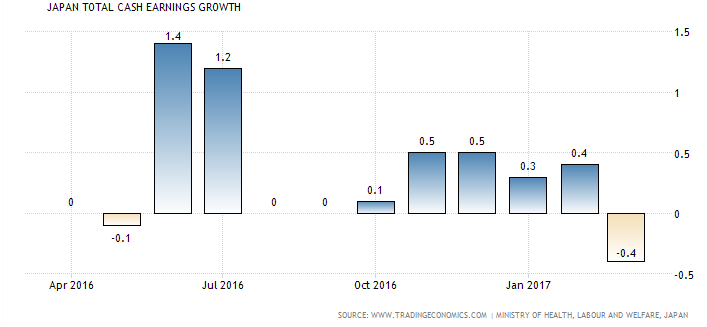 A colleague alerted me to a Terrie Lloyd a New Zealand businessman in Japan who writes a weekly newsletter. With the election of Donald Trump his recent writing looked at bullies and ways in which you deal with them. Shinzo Abe, the Japanese prime minister, has been proactive in getting to know Trump and his team and how the two countries can work together.
A colleague alerted me to a Terrie Lloyd a New Zealand businessman in Japan who writes a weekly newsletter. With the election of Donald Trump his recent writing looked at bullies and ways in which you deal with them. Shinzo Abe, the Japanese prime minister, has been proactive in getting to know Trump and his team and how the two countries can work together.
Research on bullies
Lloyd suggests that there are generally three ways to deal with a bully.
Run – UK seem to be taking this option
Fight – Chinese will do this
Suffer and appease – Japan, having a bullying culture already, will go for appeasement
Abe will be meeting with Trump on 10th February for a second time in as many months and will want to convince him that Japan is one of the good guys and if he has to pick on someone in the area he should pick on China. For this to work Abe also needs to feed Trump’s ego publicly
Lloyd looks at the work of Dacher Keltner who has written about appeasement and related
human emotion and social practice. He looks at two general classes of appeasement.
1) reactive – the person provides appropriate responses after incidents and these responses are usually public displays of embarrassment and shame.
2) anticipatory appeasement where a person is proactive and engages in certain strategies to avoid conflict. Polite modesty and shyness are also considered anticipatory appeasement.
Japanese Model for dealing with bullies
With Japan taking the latter option, Keltner is suggesting that Abe must appease Trump with gifts of value and that they are seen publicly to assist Trumps power and reputation. Last month the Japanese gave access to US car manufacturers but will that be enough to keep Trump happy? At the meeting on 10th February Abe will propose a package that could generate 700,000 U.S. jobs and help create a $450-billion market. It includes the building of infrastructure projects such as high-speed trains in the northeastern United States, and the states of Texas and California, and renovating subway and train cars. It also includes cooperation in global infrastructure investment, joint development of robots and artificial intelligence, and cooperation in cybersecurity and space exploration, among others.
Toyota the car manufacturer has also been taking the appeasement option after the Trump administration criticised their building of a second car assembly plant in Mexico and also threatened to impose a 20% tariff on Japanese automobile and auto parts makers with plants in Mexico. Toyota quickly announced it would invest $10 billion in its U.S. operations over the next five years.
Abe has definitely been massaging the ego of Trump not only being the first international leader to visit Washington after his election but also telling Trump that he “hopes the United States will become a greater country through (your) leadership,” adding Japan wants to “fulfill our role as your ally.” It will be interesting to see what happens after their meeting on Friday 10th February.
Sources: Terrie Lloyd, The Japan Times










 * Working age population – 15-64 years in Japan – fallen by 3.8m since December 2012 = decrease in supply of labour = upward pressure on wages
* Working age population – 15-64 years in Japan – fallen by 3.8m since December 2012 = decrease in supply of labour = upward pressure on wages
 A colleague alerted me to a
A colleague alerted me to a  Been teaching a lot on the problems that economies have in trying to stimulate more growth to get out of the deflationary threat that is prevalent in many countries. Central Banks around the world running are out of ammunition (cutting interest rates – see rates below) and one wonders what is the next step that economies can take?
Been teaching a lot on the problems that economies have in trying to stimulate more growth to get out of the deflationary threat that is prevalent in many countries. Central Banks around the world running are out of ammunition (cutting interest rates – see rates below) and one wonders what is the next step that economies can take?






